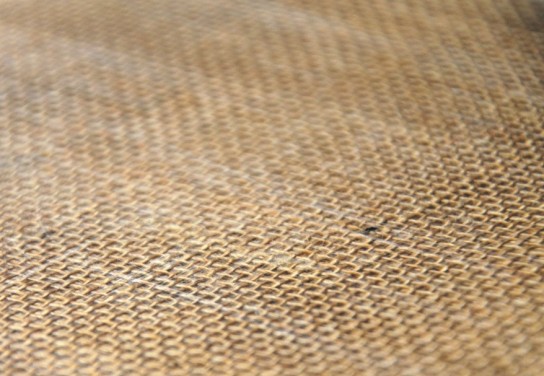Motivation and Objectives of Subproject 3
A building usually consists of many components or submodules, which in turn are made of different materials and often have to go through a long and partially complicated manufacturing process. As a rule, the raw materials are processed into semifinished products in the first production step, which are further processed into further components in further production steps, for example by forming and joining with other semifinished products. The semifinished product is here understood as an intermediate product which has a simple geometry and can either function as a simple component or can be processed into complex components. The Department of Mechanical Engineering and Plastics Engineering at the Darmstadt University of Applied Sciences is divided into subproject 3 – Optimized paper semi-finished products with the production and optimization of paper and paper-based composite materials in the BAMP! Project.
Requirements and interfaces
The objective in this subproject is the optimization of the semi-finished products with regard to the fulfillment of requirements in the construction sector or the further processing to complex components. In this respect, mechanical properties with regard to component stiffness and strength are to be taken into account in the half-die. The focus is on the producibility of load-bearing rod- and plate-like semifinished products and the realization of sandwich structures made of paper with different properties in the thickness direction.
One of many ways to reinforce the paper is the integration of continuous fibers made of paper or natural materials such as jute (Figure 2) or flax. The reinforcing fibers can here be used locally as paper yarns or paper cords along the previously identified load paths or as two-dimensional textiles as woven fabrics. FIG. 3 shows a paper reinforced with a jute fabric, which has been produced in a preliminary experiment. In addition, the integrated paper yarns can be used as connecting elements in the subproject 6, for example in order to produce a loop connection. This type of reinforcement is to be applied initially to plate-shaped semifinished products. Furthermore, a calculation method for the mechanical evaluation and optimization of the natural fiber reinforcement, which is to be implemented in the material model in subproject 5, is to be developed on the basis of the laminate theory.
Semi-finished products and production concepts
Optimized or reinforced plate-shaped semifinished products and novel papers produced in subproject 1 or currently available on the market, can be used to produce sandwich structures based on the application-specific requirements. In addition, individual layers with special properties such as, for example, a water-repellent and / or a single layer which is protected against mechanical action (hail) in the sandwich structure can be used. The optimized planar semifinished products are to be further processed or incrementally reformed in subproject 4.
Mechanical test
The stiffness of a component is influenced not only by mechanical properties of the material used but also by the geometry. Therefore, in the course of the project, a manufacturing process for a pipe or rod-like semi-finished product is developed, which is intended to meet the requirements of subproject 6.



